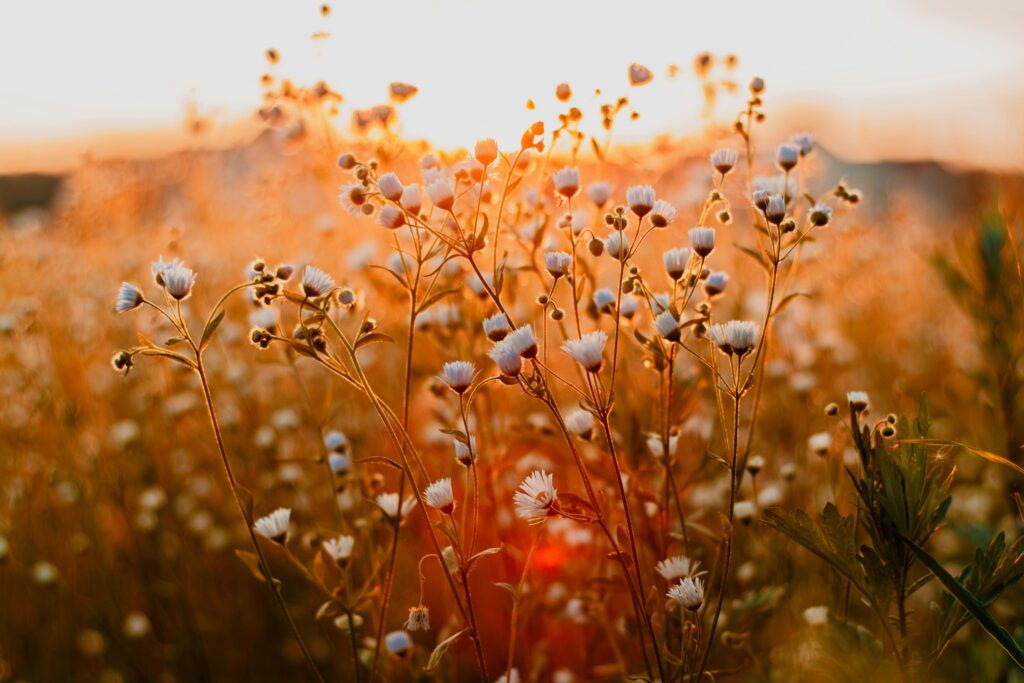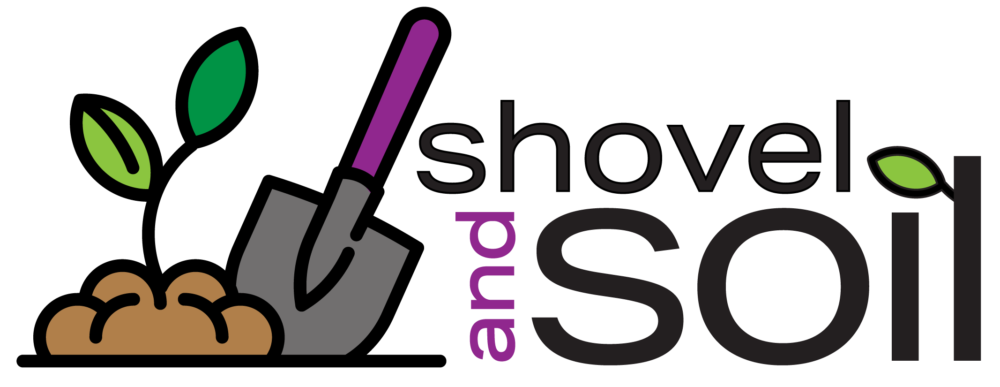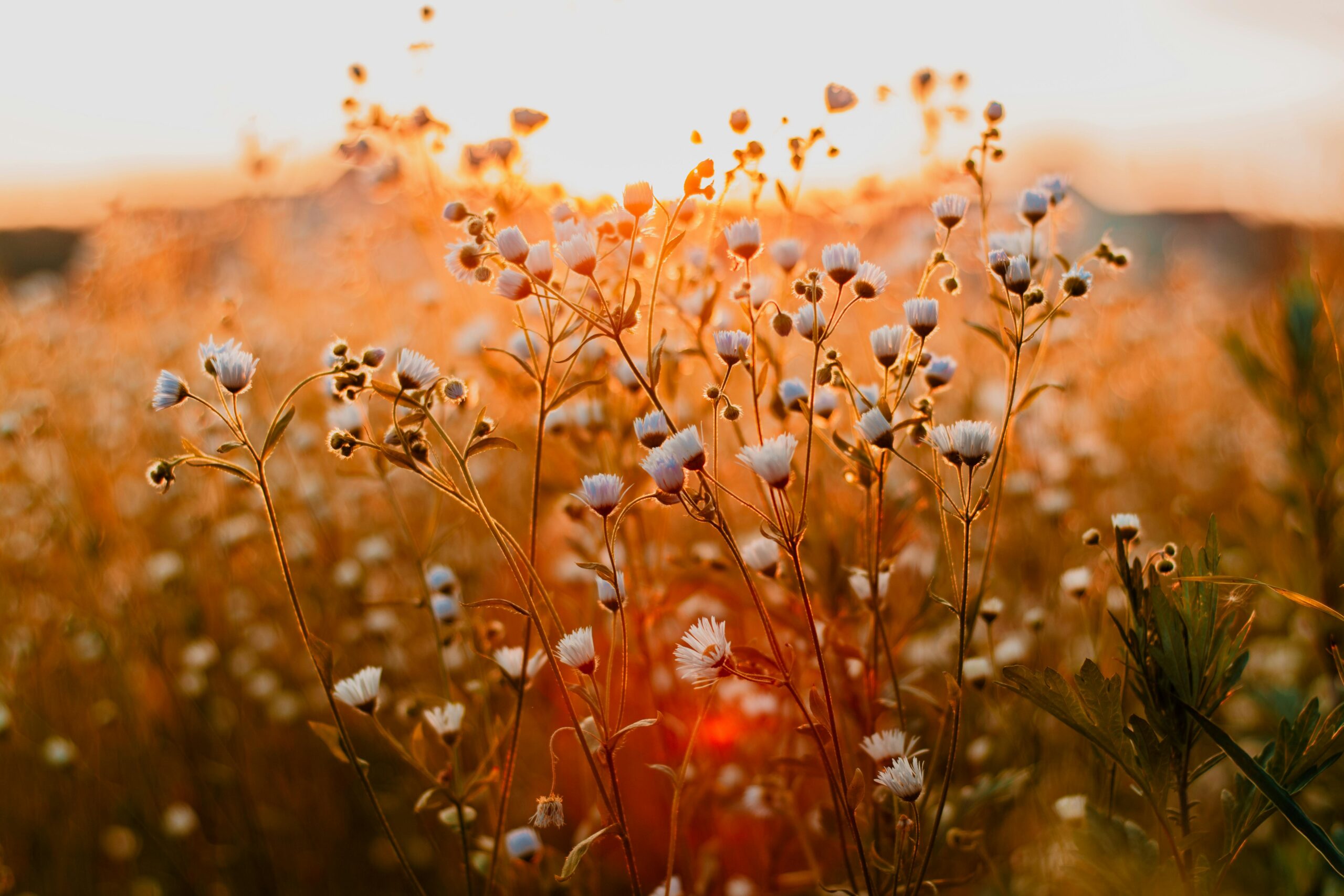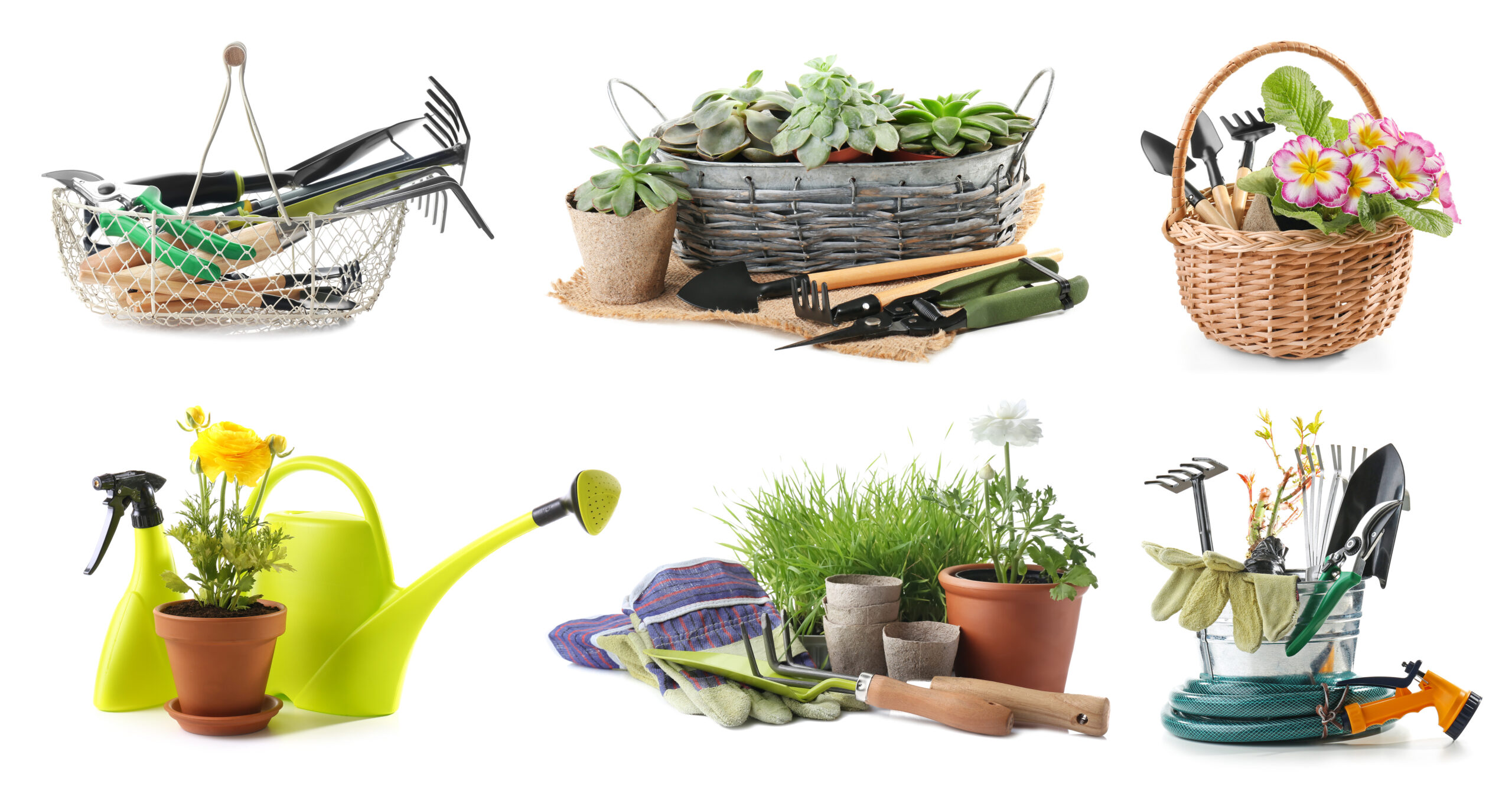
The Importance of Native Plants
Integrating native plants into your garden design not only adds beauty and diversity but also supports the local ecosystem and wildlife. Native plants are adapted to the local climate and soil conditions, requiring less water, fertilizer, and maintenance than non-native species. They provide essential habitats for pollinators, birds, and beneficial insects, contributing to biodiversity and the health of the surrounding environment.
Researching Your Region’s Native Flora
Begin by researching the native plants of your region. Local extension services, botanical gardens, and conservation groups can be invaluable resources for identifying plants that are indigenous to your area. Understanding the different types of native plants available— from grasses and wildflowers to shrubs and trees—allows you to select species that will thrive in your garden’s specific conditions.
Designing with Native Plants
When designing with native plants, consider their natural habitats and how they interact in the wild. Mimicking these natural associations in your garden can lead to healthier, more resilient plantings. Group plants with similar water and light requirements together, and think about how their sizes, textures, and colors will complement each other and attract wildlife.
Creating Habitats for Wildlife
Native plants are the foundation of local food webs, providing nourishment and shelter for various wildlife species. Including a diversity of plants will attract a range of animals, from pollinators to birds and small mammals. Features like bird baths, bee hotels, and brush piles can further enhance your garden’s appeal to wildlife, turning it into a bustling habitat.
Managing Expectations and Maintenance
While native plants generally require less maintenance than non-natives, they still need care to establish and thrive. Be prepared to water young plants until they’re established and to manage weeds, which can compete with native plantings. Over time, a well-planned native garden will become more self-sustaining, requiring less intervention as plants mature and fill in.
Advocating and Educating
Incorporating native plants into your garden provides an opportunity to educate others about their benefits and beauty. Share your experiences and knowledge with neighbors, friends, and online communities. Advocating for the use of native plants can inspire others to consider biodiversity and sustainability in their own garden practices, contributing to broader environmental health.
Continuous Learning and Experimentation
Gardening with native plants is a journey of discovery and learning. Each season brings new insights as plants grow, flower, and attract wildlife. Be open to experimentation, trying new species, and adjusting your garden design as you learn what works best in your space. Documenting your garden’s progress can provide valuable information for future planning and adjustments.
Embracing native plants in your garden design not only enhances the beauty and resilience of your outdoor space but also connects you more deeply to the natural world. By choosing plants adapted to your local environment, you can create a thriving garden that supports biodiversity, conserves resources, and offers a sanctuary for both people and wildlife.



